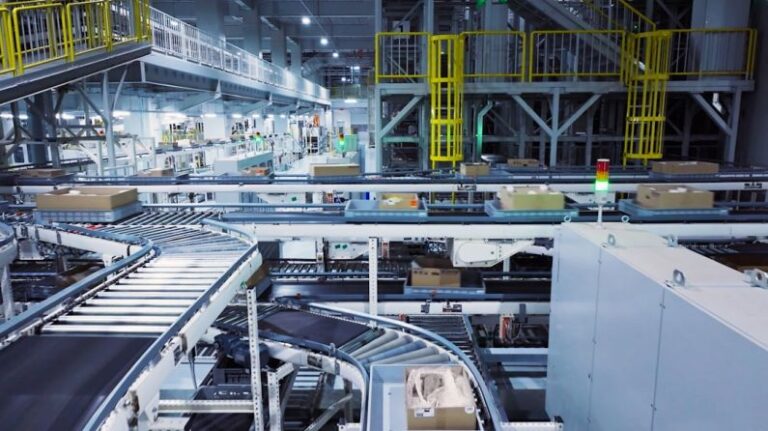Reducing Costs in Your Supply Chain Effectively
In today’s competitive business landscape, reducing costs in your supply chain is crucial for maximizing profitability and gaining a competitive edge. By effectively managing your supply chain costs, you can streamline operations, enhance efficiency, and ultimately improve your bottom line. In this article, we will explore some practical strategies to help you reduce costs in your supply chain effectively.
**Leverage Technology**
One of the most effective ways to reduce costs in your supply chain is by leveraging technology. Implementing supply chain management software can help you automate processes, improve visibility, and optimize inventory levels. By using data analytics and predictive modeling, you can make informed decisions that minimize waste and lower costs. Additionally, technology can help you track performance metrics, identify bottlenecks, and streamline workflows for greater efficiency.
**Optimize Inventory Levels**
Maintaining optimal inventory levels is essential for cost reduction in your supply chain. Excess inventory ties up capital and incurs storage costs, while insufficient inventory leads to stockouts and lost sales. By using demand forecasting tools and implementing just-in-time inventory practices, you can ensure that you have the right amount of stock on hand to meet customer demand without overstocking. This can help you reduce carrying costs, minimize waste, and improve cash flow.
**Build Strong Relationships with Suppliers**
Developing strong relationships with your suppliers can have a significant impact on reducing costs in your supply chain. By collaborating closely with suppliers, you can negotiate better pricing, terms, and discounts. Additionally, building long-term partnerships can lead to improved communication, trust, and reliability, which can help you avoid disruptions and minimize costs associated with delays or quality issues. Consider consolidating your supplier base to leverage economies of scale and streamline procurement processes.
**Implement Lean Practices**
Applying lean principles to your supply chain can help you eliminate waste, improve efficiency, and reduce costs. By identifying and eliminating non-value-added activities, you can streamline processes and enhance productivity. Implementing practices such as kaizen, 5S, and value stream mapping can help you identify opportunities for continuous improvement and cost reduction. Encourage a culture of continuous improvement among your team members to drive efficiency and cost savings throughout your supply chain.
**Outsource Strategically**
Outsourcing certain aspects of your supply chain can be a cost-effective strategy to reduce overhead and improve efficiency. Evaluate your core competencies and consider outsourcing non-core functions such as warehousing, transportation, or packaging to third-party providers. Outsourcing can help you benefit from specialized expertise, scale economies, and variable cost structures. However, it is essential to carefully select reliable partners, establish clear performance metrics, and maintain open communication to ensure successful outsourcing relationships.
**Monitor Performance Metrics**
Tracking and analyzing key performance metrics is essential for identifying cost-saving opportunities and monitoring the effectiveness of your cost reduction strategies. Metrics such as on-time delivery, lead time, inventory turnover, and supplier performance can provide valuable insights into your supply chain operations. Regularly review performance data, identify trends and areas for improvement, and adjust your strategies accordingly to optimize costs and enhance overall supply chain efficiency.
**In Summary**
Reducing costs in your supply chain effectively requires a holistic approach that combines technology, strategic relationships, lean practices, and data-driven decision-making. By leveraging technology, optimizing inventory levels, building strong supplier relationships, implementing lean practices, outsourcing strategically, and monitoring performance metrics, you can streamline operations, enhance efficiency, and drive cost savings throughout your supply chain. By adopting these strategies and fostering a culture of continuous improvement, you can position your business for long-term success in today’s competitive market.






